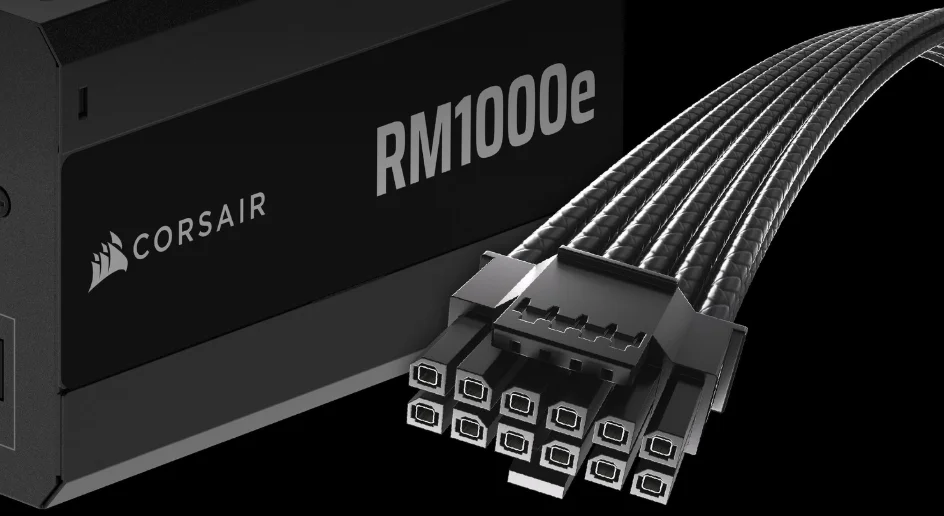Corsair confirms the slight wiggle room in its 16-pin connectors for Nvidia GPUs is by design
Intended to improve connector alignment and reduce wear.

Corsair has addressed a growing concern among PC builders regarding the slight play in the 12V-2x6 connector's terminals. The manufacturer clarifies that this wiggle room is standard, falls within their specifications, is intended to improve cable seating, and reduces wear based on their data. It is important to clarify these subtle nuances, especially considering how reports of RTX 50-series GPU connectors melting continue to surface, even when users follow the guidelines.
While it might seem counterintuitive that loose terminals would benefit such high-power connectors, they accommodate minor misalignments and relieve stress. If the cable conforms to the specifications, the primary reason for the slight wiggle room is that the 12V terminals make complete contact with the male pins on the GPU.
To clarify the terminology, "pins" or "terminals" refer to the electrical contact points within the connector housing. The housing or outer shell remains in place, but the internal pins or terminals have been shown to move slightly if force is applied to the cable.

Assuming the terminals were completely rigid, repeated forceful insertions and removals to achieve perfect contact would induce unwanted wear, thus reducing the connector's lifespan. Corsair verified this during its testing. For a more visual demonstration, we can refer to an X-ray shot shared by Jonny Guru, Corsair's PSU expert and renowned hardware enthusiast. The evident slack in several connector pins to the left doesn't translate to any negative impact in practice, as the X-ray scans on the right show all terminals making proper contact with the GPU.
Corsair uses three different vendors for the cables supplied with its PSUs. All of them meet their standard of 0.25mm to 0.55mm of play, including thicker individually sleeved cables. Some are rated at 0.25mm and 0.55mm, with the majority being 0.44mm.
If you find your terminals have too much wiggle room, it's best to contact customer support. RTX 50 reference GPUs cannot detect if each 12V pin is making proper contact. Potential suspects here are internal breaks in the pins or a connector that's not seated correctly. As these topics are closely related, many unsuspecting consumers might mistake the intentional play for a faulty cable or a potential fire hazard, hence Corsair's clarification.
Get Tom's Hardware's best news and in-depth reviews, straight to your inbox.

Hassam Nasir is a die-hard hardware enthusiast with years of experience as a tech editor and writer, focusing on detailed CPU comparisons and general hardware news. When he’s not working, you’ll find him bending tubes for his ever-evolving custom water-loop gaming rig or benchmarking the latest CPUs and GPUs just for fun.
-
Notton 0.44mm average seems like quite a lot of play when the pins are 0.64mm thick.Reply
It's the Swiss cheese model.
Dumb spec to begin with, PCI-SIG.
Dumb power rail design, Nvidia.
Poor manufacturing tolerances, Corsair. -
alceryes Reply
Agreed, however...Notton said:0.44mm average seems like quite a lot of play when the pins are 0.64mm thick.
It's the Swiss cheese model.
Dumb spec to begin with, PCI-SIG.
Dumb power rail design, Nvidia.
Poor manufacturing tolerances, Corsair.
Remember, it was NVIDIA that was trialing the 12VHPWR before it even became a spec. The 3080 and higher cards had the 12VHPWR. NVIDIA is also part of PCI-SIG (the biggest partner, for sure). NVIDIA brought this would-be spec to PCI-SIG and threw money at it to get certified.
The result -
c4jt321View: https://imgur.com/c4jt321